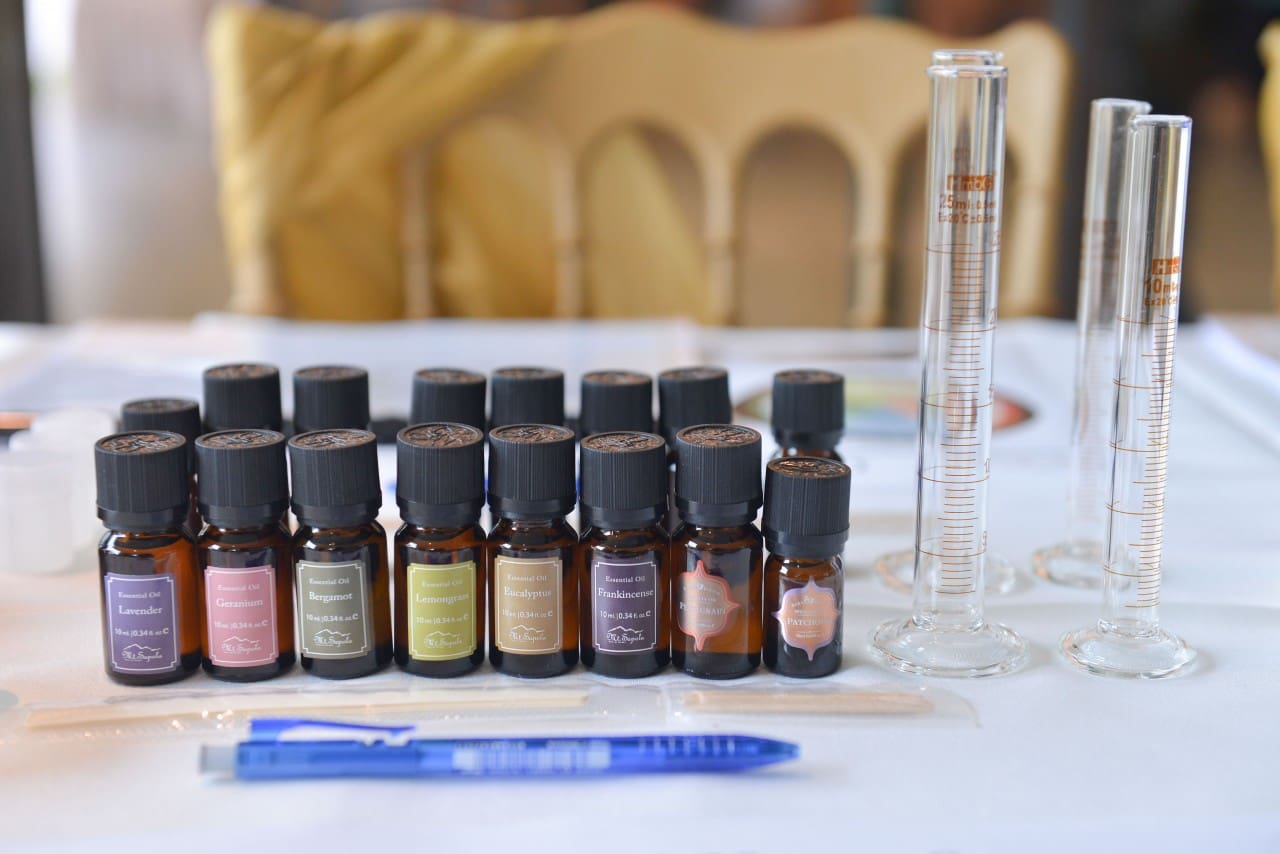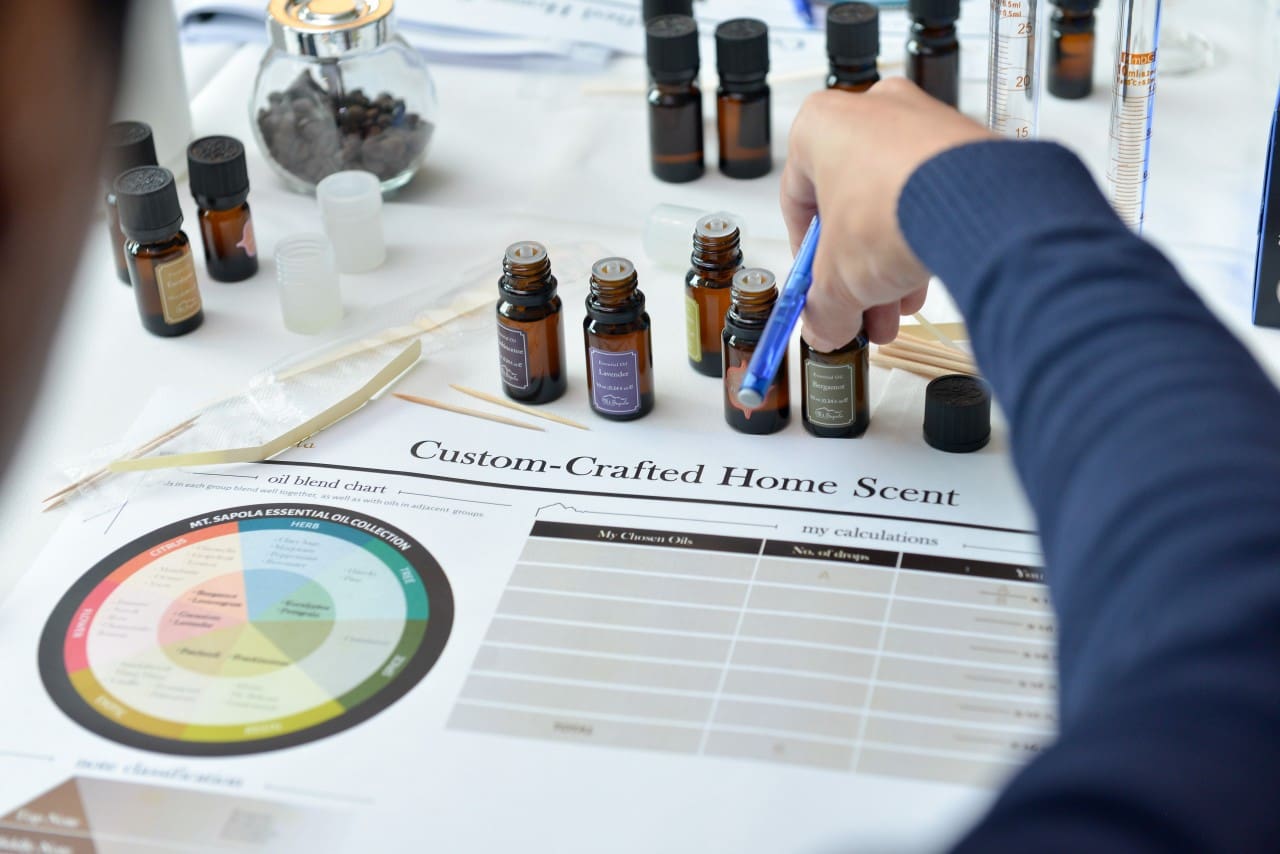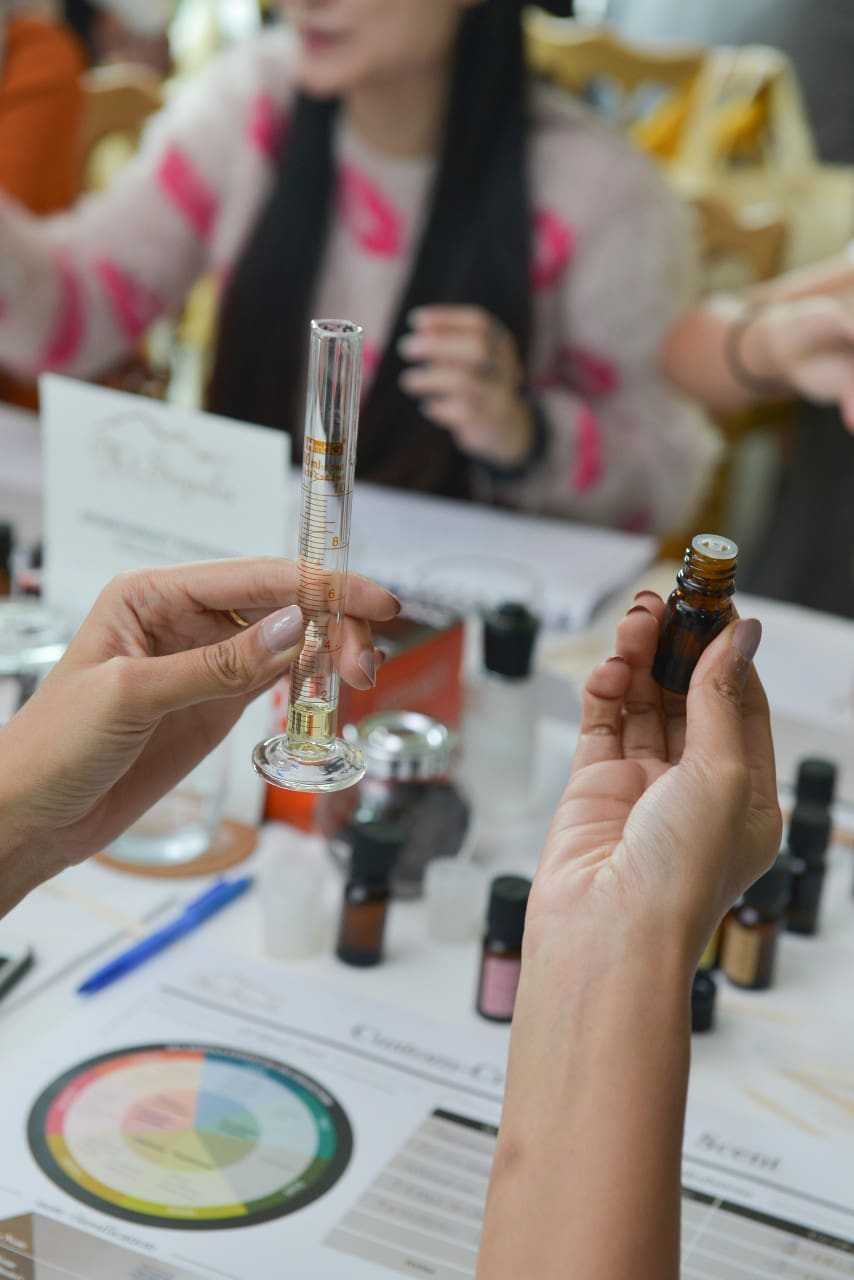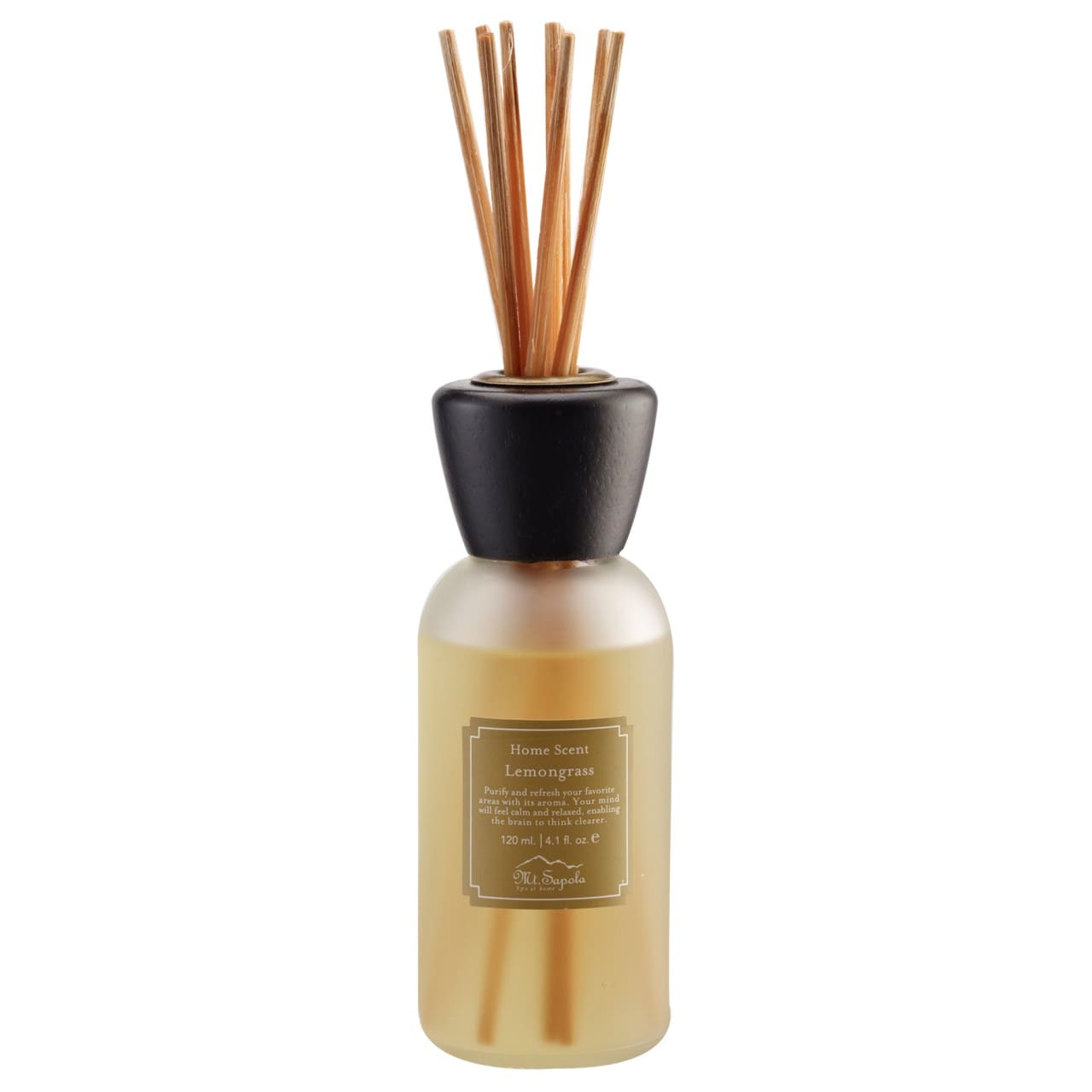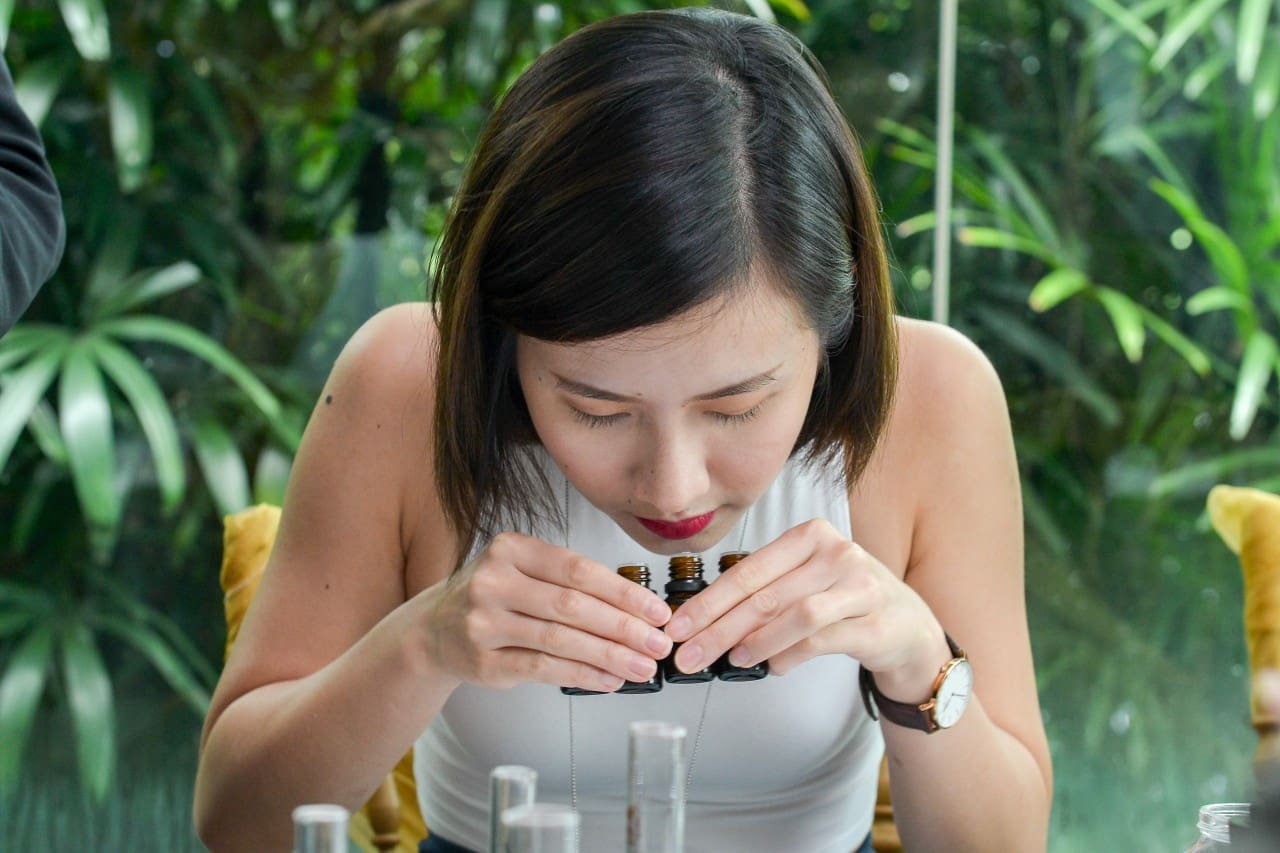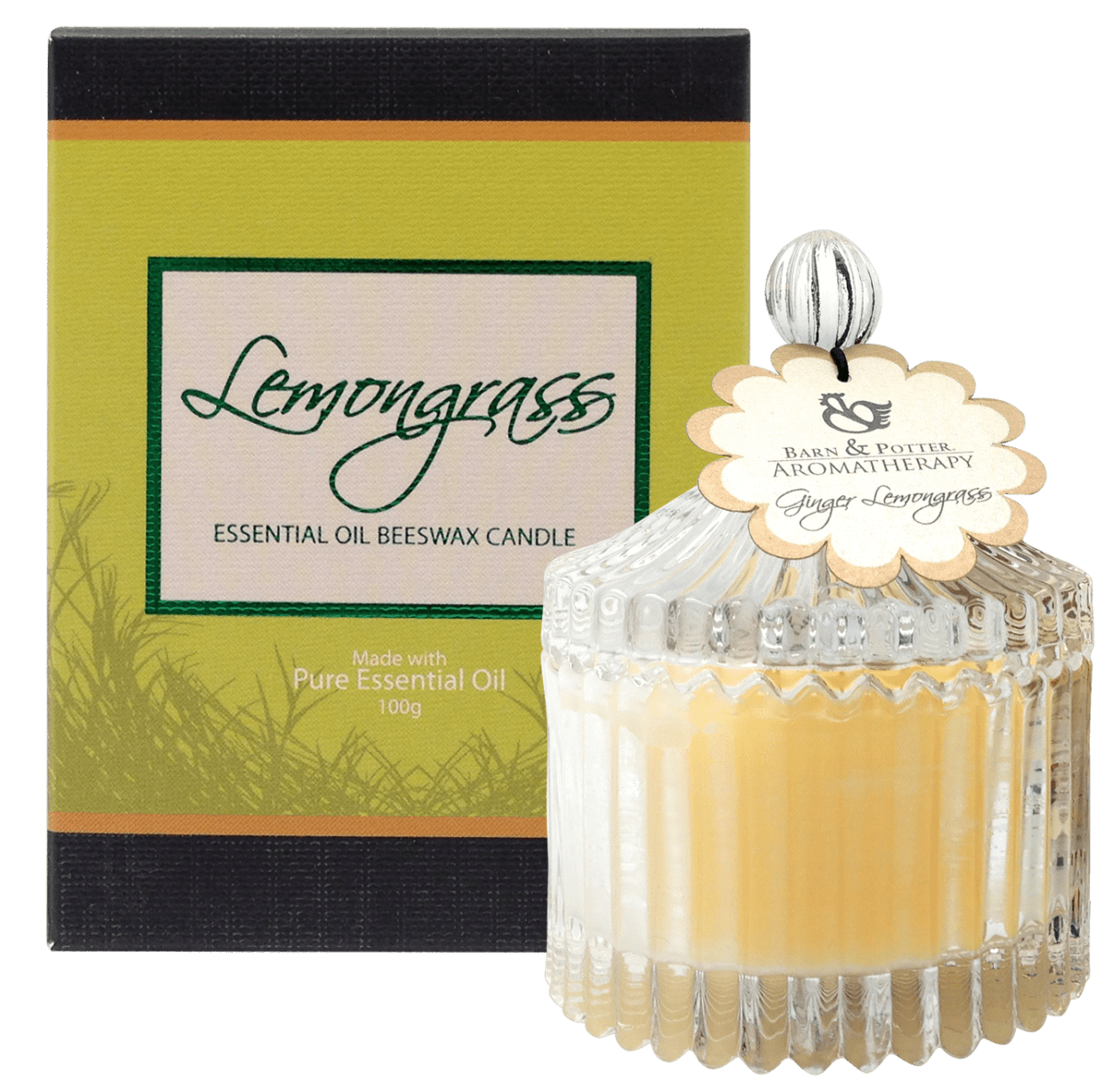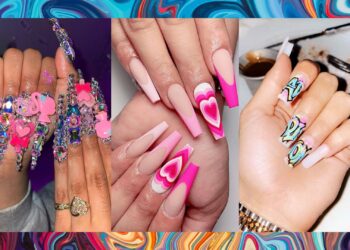The use of essential oils have long been a prevalent form of holistic healing, a medical philosophy that considers a person as a whole, including the body, mind, spirit and emotions, in search for optimal health and wellness.
It’s well-loved around the globe for its versatility, but it’s definitely not new as the use of these oils as healing agents has been a long-standing practice dating back as early as 6,000 years ago.
The question is, what exactly can essential oils do? Aside from engaging the senses, these oils are ultimately adored for its healing benefits that can range from relaxation, revitalisation, pain relief, calm anxiety, spiritual enlightenment and mood enhancement, amongst others.
Thanks to Singapore-established Mount Sapola, we were recently immersed into the ins and outs of the use of essential oils in aromatherapy during an enlightening workshop. Here’s a short summary of what we’ve learned:
What are essential oils and how are the oils harvested?
Aptly labeled as living essences, essential oils are liquids consisting of volatile aroma compounds extracted from certain plants such as flowers, fruit, herbs and more. Some botanicals have precious oils within the various parts, such as the leaves, flowers, seeds or rinds, but with that said, not all plants contain or produce these oils.
This can be due to two plausible reasons – the plant does not produce a significant enough amount of oil that is justifiable to the labour cost to extract the oil, or the plant produces oil that does not have any therapeutic value whatsoever. Some others can even be hazardous.
The photosensitive essential oils are stored in dark glass bottles to maintain its potency and these oils are harvested through steam distillation. What happens is that hot steam is used to release aromatic molecules from the botanicals, and this steam forces open the pockets where the oils are stored. The oils then get evaporated into the steam.
Are essential oils the same as fragrance oils?
There is a common misconception that essential oils are the same as fragrance oils, but that is definitely not the case. Essential oils are natural and have to be harvested through labour-intensive processes, whereas fragrance oils are synthetic and man-made.
There is also a major discrepancy in the potency of the oils. Essential oils require enormous amounts of plants to produce a mere 10ml, hence the relatively high price point for tiny bottle amounts, whereas fragrance oils can be recreated easily. Additionally, fragrance oils do not offer natural benefits.
Can essential oils be consumed?
In contrary to popular teachings and beliefs, essential oils should not be ingested unless advised otherwise by a medical practitioner. Essential oils are highly, highly concentrated and misusing these oils can do more harm than good. Some may argue that there are certain grades of essential oils that make them ingestible, but it lacks scientific support.
Many believe in adding a few drops of essential oil into water to be consumed, but scientifically speaking, oil and water do not mix. As a result, the essential oil goes down to the bodily systems undiluted and possible effects can include burns, irritations, lesions, abdominal pain and more. No matter the method of use, all essential oils should be diluted properly.
Can you create your own custom blend with essential oils?
Depending on your preferred scents and benefits you’d like to reap from the essential oils, they can indeed be paired together to create custom scents. Experimentation is key here, and each blend usually is composed of three main notes:
Top notes such as Bergamot, Lemongrass and Eucalyptus – The first immediate impression in the blend and does not last long
Body or middle notes like Lavender, Geranium and Petitgrain – The heart of the aroma
Base notes such as Frankincense and Patchouli – It appears later than the first two notes and gives the scent its staying power
These oils should not be confused with fixed oils, which are used to dilute essential oils.
What are some of the ways people commonly use essential oils?
The possibilities are endless and there are many methods of putting essential oils to use. The essential oils can be incorporated into candles, body products and massage oils, or can be used with various kinds of diffusers, and nebulisers. Of course, essential oils can also be inhaled on its own.
Access Mount Sapola’s official website to check out its comprehensive range of essential oils and other offerings. You could also drop by the Mount Sapola stores in Pavilion KL, 1 Utama Shopping Centre, Sunway Pyramid and Ikano Power Centre.

